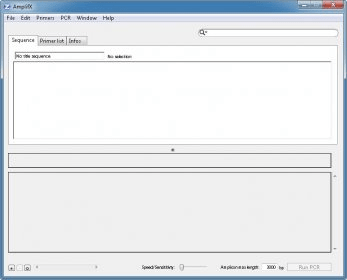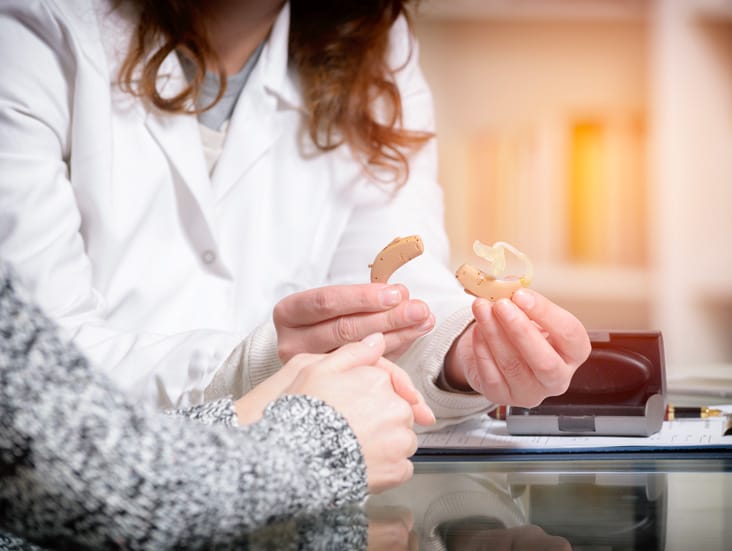


thermosphacta is time-consuming and can underestimate cells in a viable but not immediately culturable state. The culture method commonly used to quantify B. Specific and sensitive tools that detect and quantify this bacterium in food products are very useful. Among seafood products, cold-smoked salmon is particularly impacted by B. thermosphacta is one of the main food spoilage bacteria. The aim of this study was to develop a rapid and accurate PMA-qPCR method to quantify viable Brochothrix thermosphacta in cold-smoked salmon.
#Using amplifx code#
When you create a new feature, Amplify DX will start your own branch of code in the project's repository. Typically, you will just stick with the default which has been set by a team owner.

Give your feature a name and tell Amplify DX what branch you want to base it on. Press the 'Add Feature' link to start a new feature. When you press 'Resync' a dialog will appear to guide you through the sync process. Amplify DX detects that there are changes in version control not yet on your local machine.Amplify DX detects that you have local changes not yet pushed to version control.Your repo status will change from 'In Sync' to another status when: If you do have local changes that need to be pushed up to your scratch org or sandbox, or Amplify DX detects unpulled changes, it will say 'Resync'.

Your org status will change from 'In Sync' to other values depending on a number of conditions.įor example, if you are working in a scratch org, but no org exists yet it will let you create one automatically by pressing 'Create'.Īlso, if you are working against an org where Amplify DX cannot automatically monitor for remote changes it will say 'Not Supported'. Your active feature will be at the top of the project panel along with the sync status of your sandbox or scratch org, and the sync status of the project repository.Īmplify DX will monitor if either is out of sync for you automatically, but you can also click the 'In Sync' link to force a check. Only one feature will be active at time in each project, but you can have multiple inactive features. As you develop you will regularly capture the source code for your work by syncing with your sandbox or scratch org and then commit this work to a version control repository. You can use any combination of local tools and web-based tools (including developer sandboxes or scratch orgs) to develop your feature. It can involve any mix of changes - new objects, fields, workflows, classes, components - anything. You can think of a feature as a discreet change you want to make to your org. Now that you have a project cloned locally you start contributing new features. Behind the scenes, Amplify DX will use git to clone a local copy of the project from version control. To start working on a project, you first need to clone it locally.Ĭhoose a project, choose a folder and select 'Clone Project'. The left sidebar of Amplify DX contains the project portfolio of your team.


 0 kommentar(er)
0 kommentar(er)
